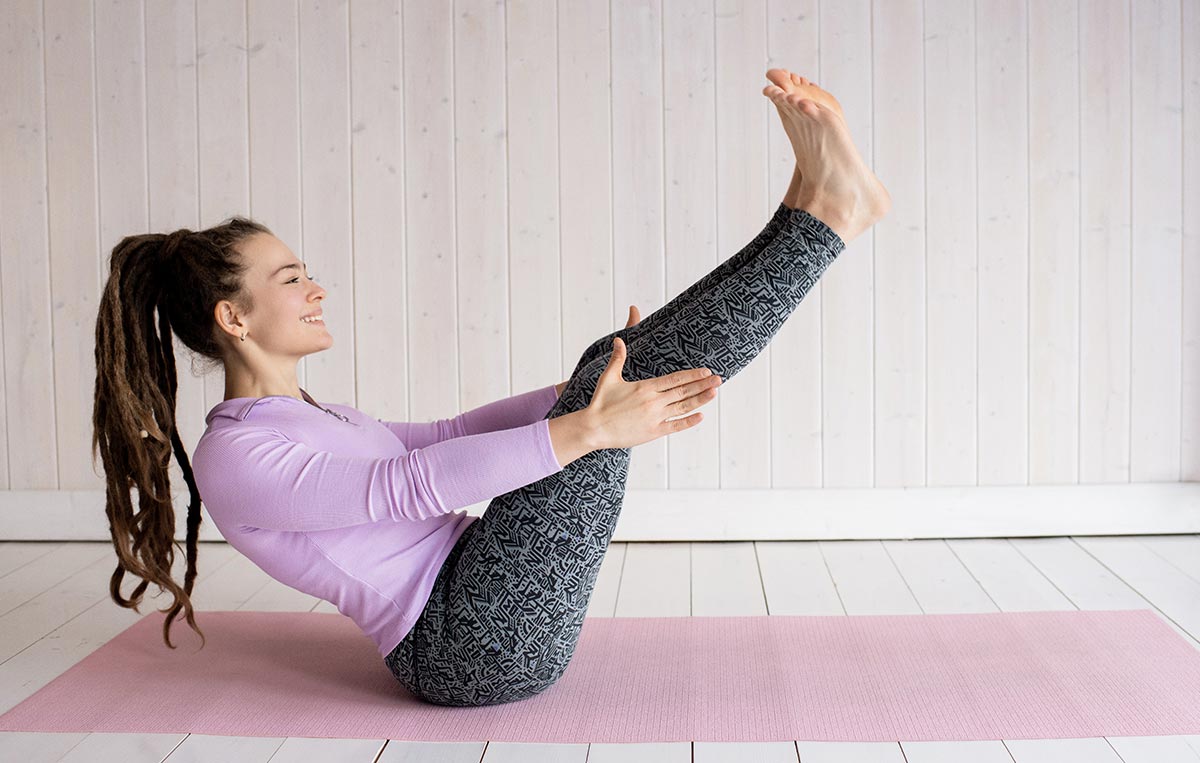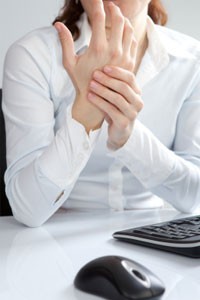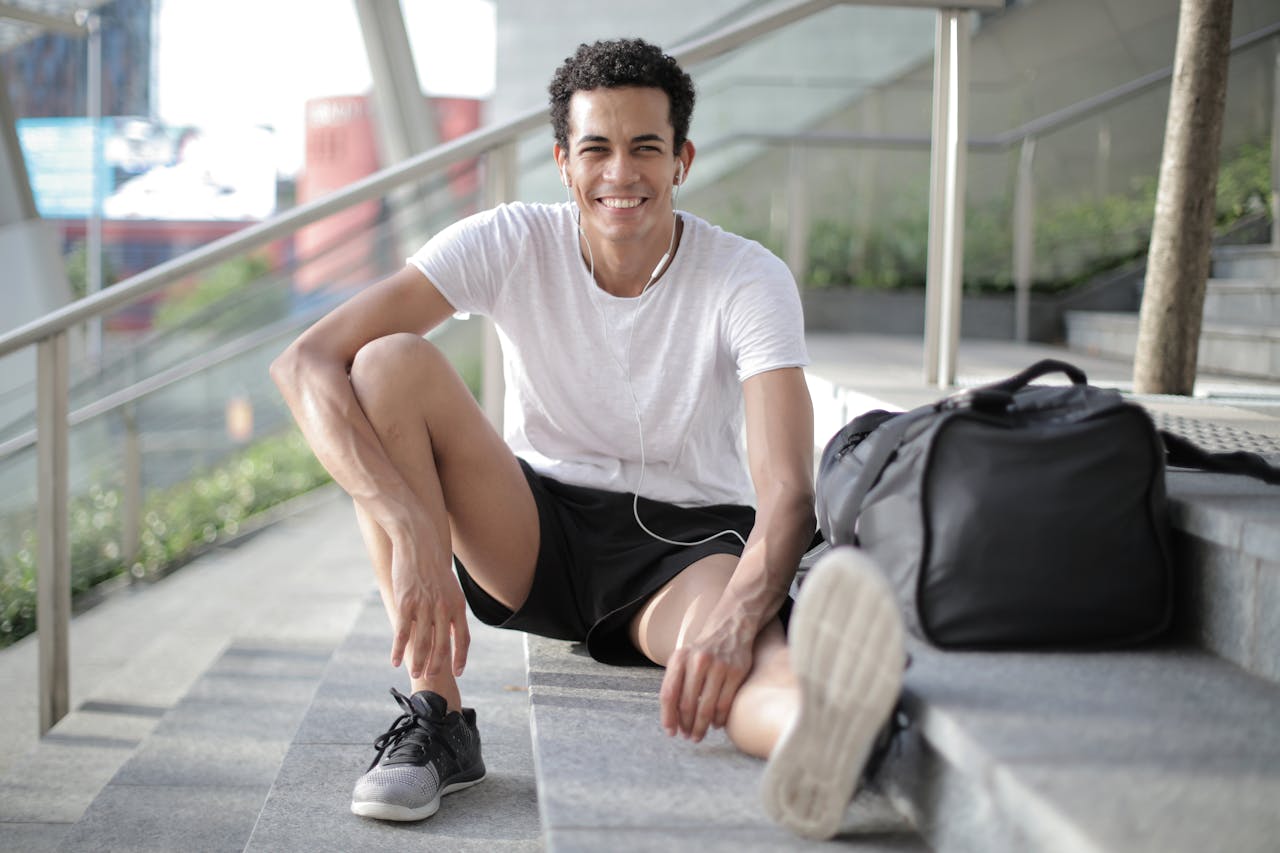Your feet carry you through life, but when they start to hurt, they’re sending a distress signal. Foot pain isn’t just an inconvenience; it’s a sign that something is off. More than 300 different conditions can plague your feet, from plantar fasciitis to stress fractures. Modern podiatry emphasizes early diagnosis, as neglected foot pain can lead to long-term mobility issues.
In recent studies, researchers found that untreated foot pain contributes significantly to postural problems, leading to knee and back issues over time. Seeking professional help early on can prevent long-term complications and ensure a better quality of life.
Shoes Matter More Than You Think
Wearing ill-fitting shoes is one of the top causes of foot ailments, with research indicating that nearly 80% of people wear the wrong shoe size. A shoe should accommodate the 26 bones, 30 joints, and over 100 tendons in each foot without squeezing, pinching, or restricting movement. If your shoes feel like a medieval torture device, it's time to reassess your choices. Recent orthopedic research suggests that poorly fitting shoes contribute to increased rates of neuropathy, particularly in older adults, and can exacerbate conditions like bunions and hammertoes. Proper footwear selection is crucial to maintaining long-term foot health.
Your Feet Keep Growing (Yes, Really)
Think your shoe size is set in stone? Think again. As you age, your feet can widen and lengthen due to changes in ligaments and loss of fat padding. A study published in 2023 found that over 60% of adults over 50 wear shoes too small for their actual foot dimensions, increasing their risk of bunions and hammertoes.
Age-related changes in foot structure can also affect balance and gait, increasing fall risk in older adults. Measuring your feet every few years ensures that your footwear provides adequate support and comfort, reducing long-term strain on joints and muscles.
Weight and Foot Health: A Heavy Burden
Your feet absorb significant pressure with each step. A person weighing 70 kg (154 lbs) exerts roughly 1.5 times their body weight on each foot while walking and up to five times while running. Recent studies emphasize that even minor weight loss can reduce foot pain, particularly in individuals suffering from conditions like osteoarthritis and plantar fasciitis.
Excess weight also affects the biomechanics of the foot, leading to excessive pronation or supination, which can contribute to chronic pain and deformities over time. Maintaining a healthy weight helps protect the structural integrity of your feet.
Exercise Smart, Not Hard
High-impact activities are not always your feet's best friends. Running on hard surfaces or sudden increases in activity levels can lead to stress fractures and tendonitis. Walking, swimming, and cycling are low-impact alternatives that keep your feet happy.
In contrast, poorly designed exercise shoes can exacerbate foot pain. Invest in footwear that provides arch support and stability, especially for high-intensity workouts. A recent review of sports injuries found that 40% of runners who experience foot pain have improperly fitted shoes, highlighting the importance of selecting the right footwear for different activities.
Not All Shoes Are Created Equal
Your go-to sneakers may not be the best option for every activity. A running shoe differs vastly from a weightlifting shoe, and using the wrong type can affect foot biomechanics.
Also, let’s talk about high heels—studies continue to show that wearing heels over two inches significantly increases the risk of metatarsalgia, Achilles tendon shortening, and lower back pain. Save them for special occasions, not daily wear. Experts recommend limiting high heel use to under two hours per day and opting for lower, wider heels whenever possible to reduce strain on foot ligaments.
The Perils of Ankle Weights and Fancy Training Gimmicks
Strapping on ankle weights or using plyometric shoes might seem like a way to up your fitness game, but research suggests otherwise. These accessories alter your natural walking and running patterns, increasing stress on foot structures. Instead of enhancing performance, they can lead to long-term strain injuries.
Functional training with proper support is a far better investment. A 2024 study found that 70% of athletes using ankle weights reported higher incidences of shin splints and Achilles tendonitis, reinforcing the importance of natural movement patterns in athletic training.
Pregnancy and Foot Health
Pregnancy doesn’t just change waistlines; it alters foot structure too. The hormone relaxin, which prepares the body for childbirth, also affects foot ligaments, leading to a flattening and widening of the feet.
Some women find their feet grow permanently during pregnancy, requiring larger shoes. Swelling, another common issue, makes properly fitting footwear even more essential. Studies show that up to 60% of women experience lasting foot size changes post-pregnancy, making periodic reassessments of shoe fit crucial for comfort and foot health.
Personal Experience: A Step in the Right Direction
The author personally experienced walking difficulties, particularly in the ankle area. Having always worn budget running shoes, he struggled with recurring pain during exercise. However, this winter, facing icy and snowy conditions, he decided to invest in Nike Pegasus Trail 5.
The result? No more foot or ankle pain. This highlights the importance of choosing the right footwear for specific conditions, as proper shoe selection can dramatically improve comfort and prevent injuries.
Common Sense: The Best Foot Care Tool
Ultimately, foot health is about awareness. Avoid walking barefoot on hard surfaces for extended periods, use instead walking shoes, maintain good hygiene, and pay attention to persistent discomfort. Small, proactive steps—literally—can prevent long-term issues.
If your feet are aching, don’t just tough it out. See a specialist before minor aches become chronic problems. Studies indicate that early intervention in foot pain management reduces the likelihood of requiring invasive treatments such as surgery or long-term orthotic use.
Sources
American Podiatric Medical Association, "Footwear and Orthopedic Stress, 2023."
Journal of Foot and Ankle Research, "Impact of Weight on Foot Pain and Pressure, 2023."
International Journal of Sports Medicine, "The Risks of Improper Training Footwear, 2024."
American Orthopaedic Foot & Ankle Society, "Effects of Aging on Foot Structure, 2023."
Harvard Medical School, "Pregnancy and Foot Changes, 2023."













